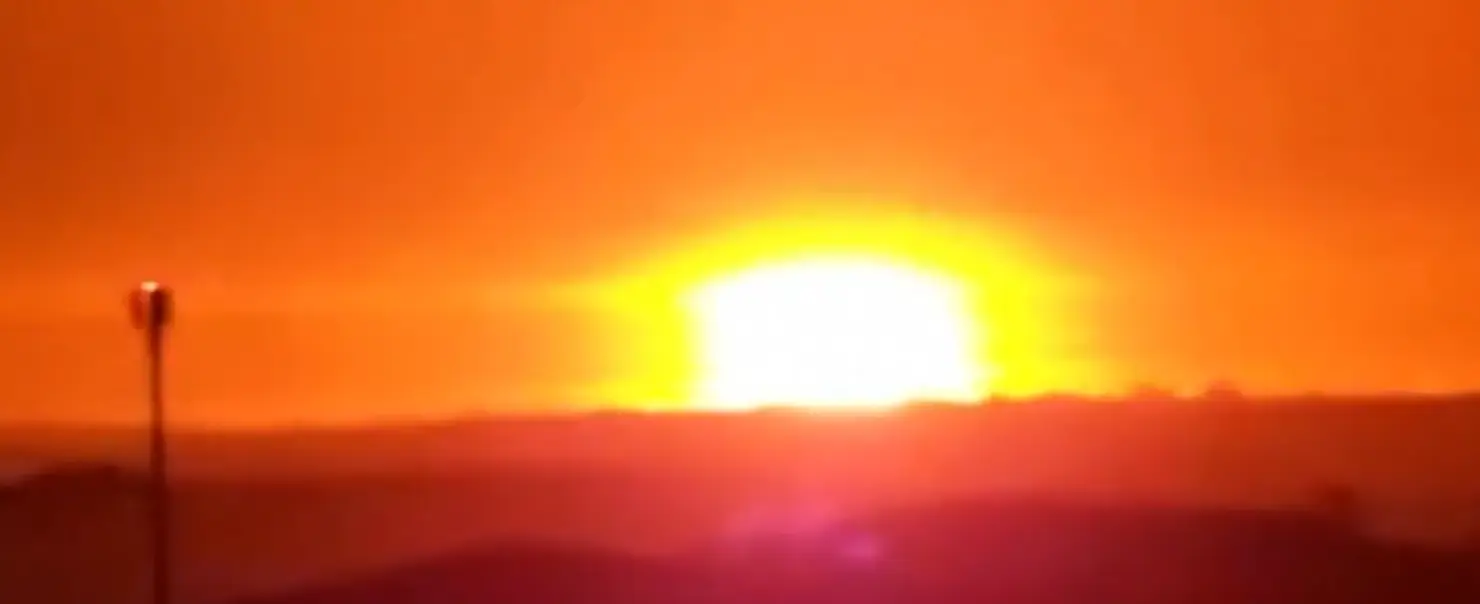
Hamas delivers a fresh blow to the IDF in Gaza, reigniting tensions and undermining ceasefire hopes
I. The Strike That Shattered Ceasefire Hopes
Hamas Strikes Back – On July 11, 2025, mere hours after Prime Minister Benjamin Netanyahu returned from his third visit to Washington this year, Hamas launched a coordinated attack on IDF positions in Gaza City’s Tuffah neighbourhood, killing multiple Israeli soldiers and damaging armored units. The strike, reportedly involving mortars and drone-guided explosives, targeted a Nahal Brigade unit operating under the IDF’s 162nd Division.
This escalation comes amid stalled ceasefire negotiations brokered by the U.S., Egypt, and Qatar, which aimed to secure a 60-day truce and the release of 50 hostages still held in Gaza. Netanyahu’s visit to Washington was intended to finalize the deal, but no breakthrough was achieved, leaving the conflict in limbo.
The IDF confirmed the loss of Ramzi Ramadan Abd Ali Saleh, Hamas’s naval commander, in a retaliatory airstrike, but the damage to Israeli ground forces has reignited domestic criticism of the government’s war strategy.
II. Netanyahu’s Diplomatic Gamble: Ceasefire Without Consensus
During his U.S. visit, Netanyahu met with President Donald Trump to discuss a ceasefire, hostage release, and post-war reconstruction of Gaza. Trump, eager to position himself as a peacemaker, pushed for a deal that would allow humanitarian aid and negotiations to begin immediately.
However, Netanyahu’s far-right coalition partners, including Finance Minister Bezalel Smotrich, have fiercely opposed any truce that leaves Hamas intact. Smotrich warned that a ceasefire would be “the greatest danger to Israel,” urging a full military defeat of Hamas.
Netanyahu’s balancing act appeasing Trump’s diplomatic push while maintaining domestic political support has left Israel’s strategy fragmented. His conditional acceptance of a temporary 60-day ceasefire was met with scepticism, especially as Hamas demands a complete Israeli withdrawal from Gaza.
The failure to secure a deal has emboldened Hamas, which views the diplomatic deadlock as an opportunity to regroup and strike.
III. Strategic Fallout: Military, Political, and Regional Implications
The renewed Hamas offensive underscores the fragility of Israel’s military gains in Gaza. Despite successful joint strikes with the U.S. on Iran’s nuclear sites, the IDF faces persistent guerrilla-style resistance in urban zones.
Netanyahu’s promise of “total victory” over Hamas now appears increasingly elusive. The hostage crisis, mounting soldier casualties, and lack of a clear exit strategy have fuelled public protests and calls for accountability.
Regionally, the incident complicates Trump’s broader Middle East ambitions, including expanding the Abraham Accords and normalizing ties with Syria’s new government. Without a stable Gaza resolution, these diplomatic goals remain out of reach. Meanwhile, Hamas’s ability to deliver tactical blows despite sustained IDF pressure suggests that military deterrence alone may not suffice. The group’s resilience, coupled with its demands for political concessions, poses a long-term challenge to Israel’s security doctrine.
Stay updated with the latest news on Rapido Updates. Keep yourself updated with The World, India News, Entertainment, Market, Automobile, Gadgets, Sports, and many more
1 thought on “Gaza Erupts Again: Hamas Strikes Back as Netanyahu Returns from US Without Ceasefire Breakthrough”